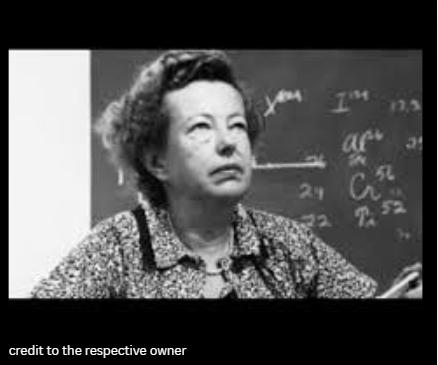She wasn’t given a title. So she took a Nobel instead.
At a time when women were told science wasn’t meant for them, Maria Goeppert Mayer changed physics forever—from borrowed labs and cramped basement offices.
Born in 1906 in Germany, Maria earned her Ph.D. in physics and moved to the U.S. with her husband. But universities saw her as a professor’s wife, not a physicist. For years, she worked without pay, without a title, and without recognition.
But she never stopped asking questions.
While raising children and working from makeshift desks, Maria collaborated with some of the brightest minds of her era—Enrico Fermi, Edward Teller—contributing to groundbreaking atomic research.
Yet one question kept pulling at her mind:
Why do atomic nuclei act as if they have layers—like shells?
That question became her breakthrough.
Her answer—the nuclear shell model—unlocked one of the great mysteries of atomic structure.
In 1963, she became only the second woman ever to win the Nobel Prize in Physics, after Marie Curie.
Maria didn’t protest or shout from podiums.
She pushed boundaries by refusing to shrink—letting her mind speak louder than any closed door.
She wasn’t given space.
So she made her own.
And left behind a legacy that continues to shape science today.
